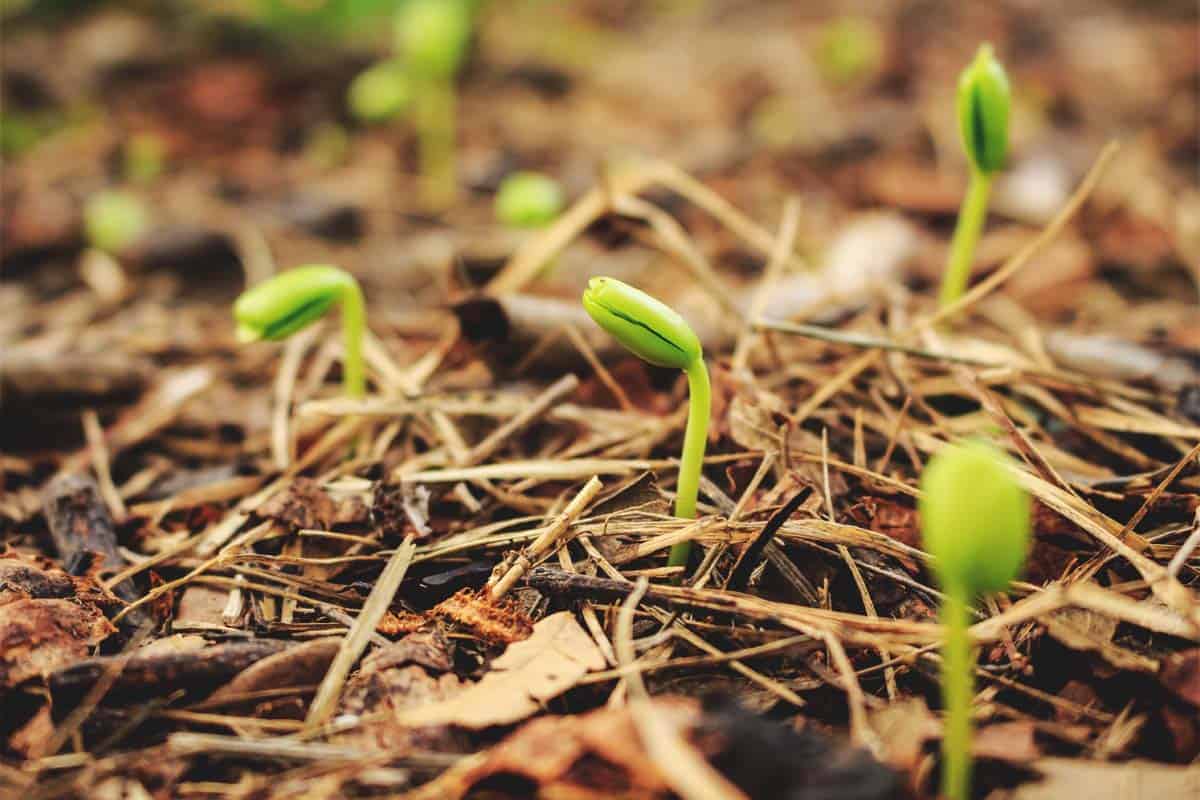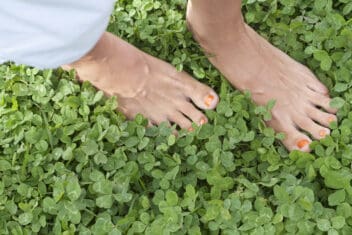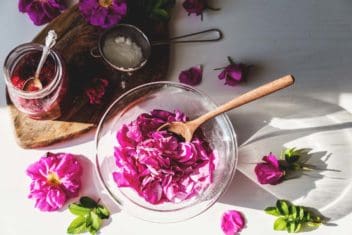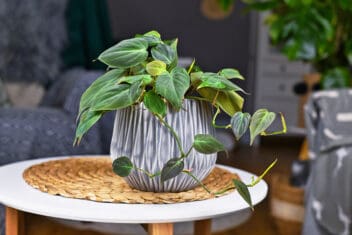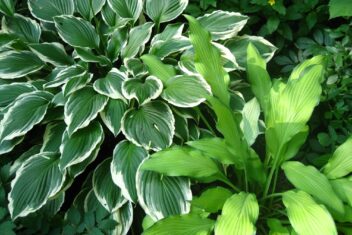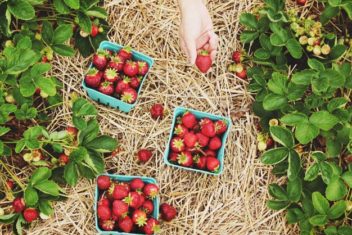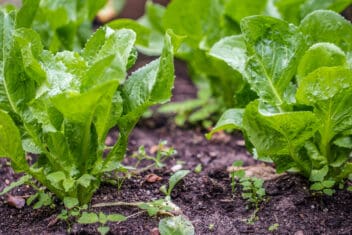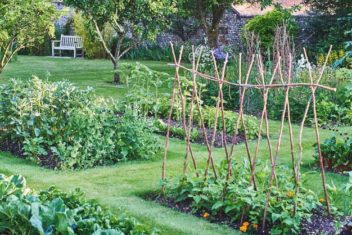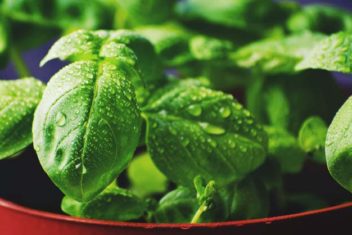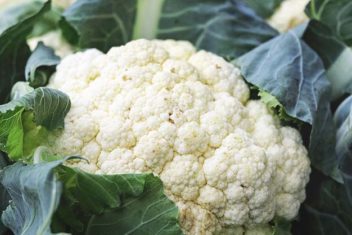Unfortunately, the process of germinating seeds doesn’t always go according to plan. Sometimes, seeds simply don’t sprout.
Isn’t it incredible, when things go right, how a tiny carrot seed transforms into a chunky root vegetable?
But what about when you plant your seeds and you don’t end up with a healthy plant? If you’re struggling to germinate your seeds and want to know what might be going wrong, read on as I address the common pitfalls and mistakes people make when starting seeds—indoors and out.
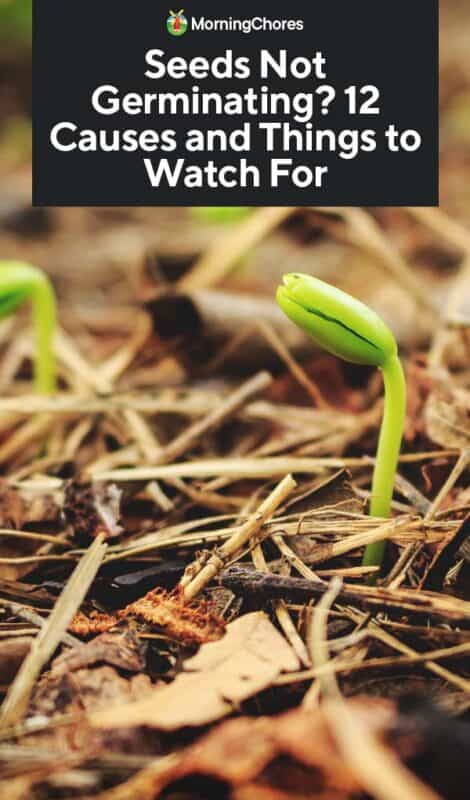
Causes of Seeds Failing to Germinate
Starting plants from seeds is one of my favorite activities. I love watching the tiny sprouts push up and out of the soil as they search for sunlight. It never ceases to amaze me and strikes me as magical every single time it happens.
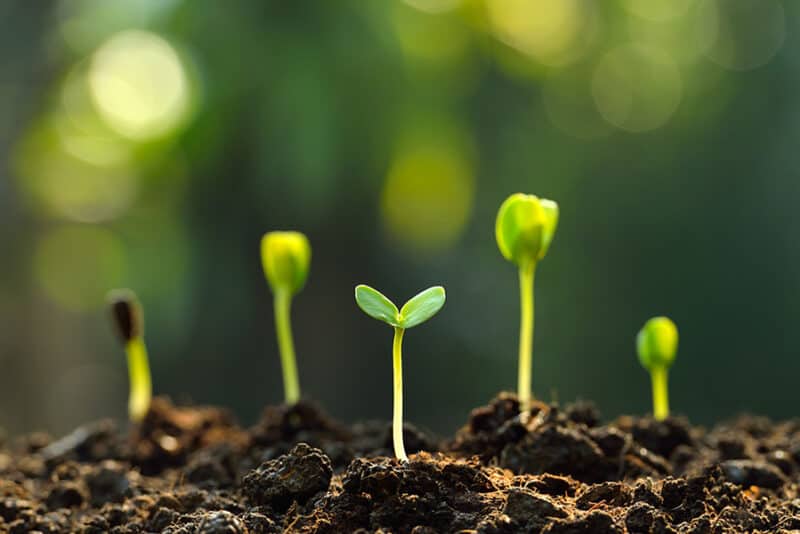
When things go right, you get the satisfaction of seeing your new plants pop up out of the ground and turn into big, healthy harvests in a few months. When things wrong, it’s incredibly disappointing.
Sometimes you never know what happened, but there are lots of things to watch out for:
1. The Temperature is All Wrong
The wrong soil temperature can mean your seeds never ever get to see the light of day.
Seeds of different species have vastly different requirements. Spinach seeds, for instance, like cold soil and won’t sprout if the growing medium is too hot. Melon seeds need warm soil to sprout.
Remember that seed germination temperatures are entirely different than temps required for mature plants to thrive. Seeds of various kinds are essentially programmed to pop out of their dormant state and grow when certain conditions are met.
We have a handy guide that includes a thorough chart of seed germination temperatures for your reference.
You don’t need to break out the thermometer just yet, though. With experience, you’ll come to understand the general needs of certain plants.
Tomatoes, peppers, and eggplant seeds won’t sprout if they’re sown in cold soil. For these, I recommend a heat mat to provide additional ambient warmth. If it’s too hot, many greens won’t sprout, so I make sure to keep them away from heat mats.
When planting outdoors, a soil thermometer can come in handy. The ambient temperature is often very different from the soil temperature -especially if you’re growing inside tunnels or underneath row covers.
2. Some Seeds Need to Be Stratified
Some seeds need to go through a period of stratification to knock them out of dormancy. Stratification encompasses a broad range of manipulations used to help seeds germinate but usually refers to cold treatment.
Certain seeds won’t sprout without exposure to cold, either via natural means or by sticking them in the freezer.
3. Some Seeds Need to Be Damaged
The thick coat on some seeds prevents them from germinating unless scarred in some way. A small knick is all that’s required. You won’t need to do this with most vegetable seeds, thankfully, but lots of wildflower seeds need it.
This process is called scarification. It involves rubbing seeds on sandpaper, or nicking them with a knife or nail clippers.
4. Your Seeds are Getting Stolen
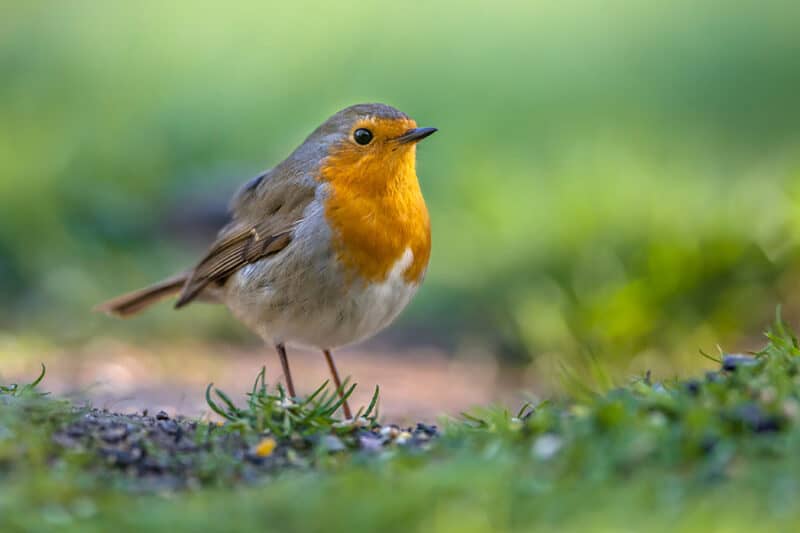
If you’re direct-sown seeds in your garden and you haven’t seen sprouts after a week or so of waiting, someone may have treated themselves to a snack.
Not it’s not your mysterious neighbors. Birds are the likely culprit. Squirrels may also do away with bigger seeds. There are various tactics you can try to stop birds or squirrels from eating your future plants.
5. The Ground is Too Wet
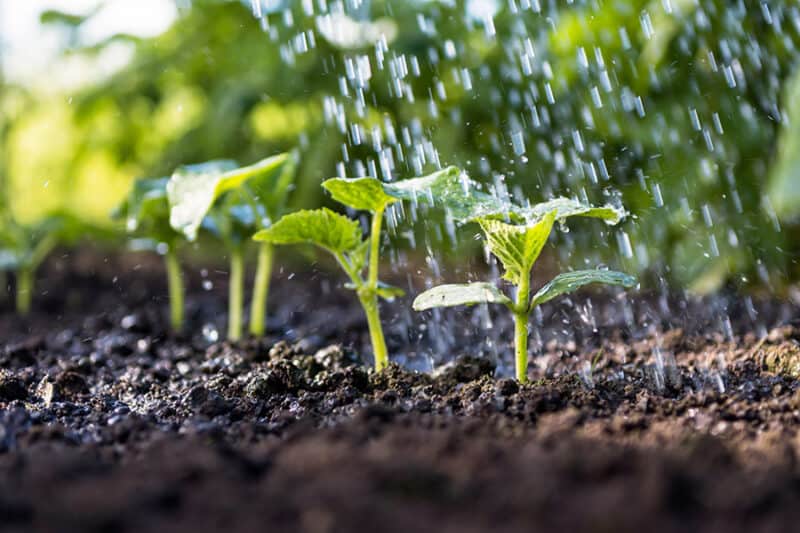
Moisture isn’t always a good thing. Water is a requirement for seed germination, but too much can lead to problems like fungal diseases and poor air circulation.
If your seeds are literally floating in water, they may not be able to get enough oxygen to sprout and rot away before becoming anything green and beautiful.
6. Your Seeds are Too Old
Some seeds last longer than others, but proper storage conditions can extend the lifespan of dormant seeds. Store seeds in containers that keep out moisture and light. Keep your containers in a cool, dry spot to ensure your seeds last as long as possible.
Want to know if your seeds are fresh enough to sprout? You can try several seed viability tests, including germinating seeds on paper towels. That way, you can plant the sprouts without waiting around for potentially too-old seeds to produce seedlings.
Often, seed packets have information akin to expiration dates. Some include the date of when the seeds were packed to give you an idea of how old they might be. Note that these dates are just guidelines. Just because seeds are old doesn’t mean they’re completely worthless, however.
It could just mean they’ll take longer or fewer seeds will sprout.
7. You’ve Got Duds
It happens, sometimes you get a new packet of seeds and only a few of them sprout. It’s often an isolated incident, but if you keep having the same issue (and have ruled out other possibilities), you may want to contact the seed retailer to find out what’s going on and ask for a replacement.
I used to buy my seeds from a particular retailer back in the day but discovered that time after time, the germination rate was poor, and sprouted seeds always had problems. I stopped purchasing seeds from that retailer, and now, my seed starting experiences are much more pleasant.
8. Patience is Required
Some seeds take a heck of a long time to sprout. Many herb seeds can take several weeks to produce seedlings, so don’t give up on your seeds without first checking how long it typically takes for them to germinate.
Remember, the time on the packet is just an estimate and assumes perfect conditions. Your seeds may take slightly longer to emerge from the soil – or, if you’re lucky, may sprout faster.
If you’re constantly struggling to maintain composure as you check on your seed trays each morning, consider pre-germinating seeds so that you know each cell or pot contains a viable seed.
9. There’s Not Enough Light
All seeds need some light to germinate, and some seeds must have a lot of it. Putting seeds in a dark corner of your home and expecting them to sprout isn’t going to work.
Also, if you’ve covered seeds that need ample light with too much soil, they might not sprout. Check the light requirements of your seeds before planting.
10. Not Enough Water
If it’s too dry, your seeds won’t germinate. Prevent this problem by pre-moistening your growing medium. I use soil blocks to start seeds, and the growing medium needs to be wet in order to form the blocks, so there’s never any risk of starting seeds in too-dry soil.
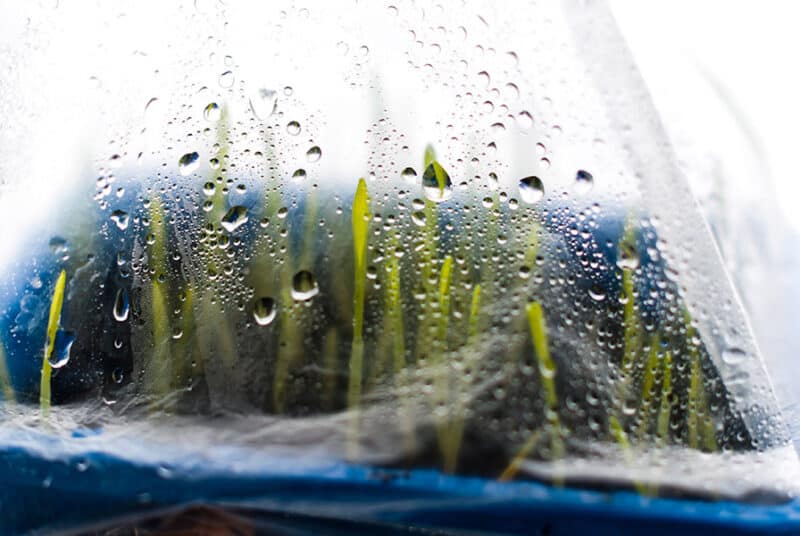
You can also cover seeds with a cloche, milk jugs, or platic wrap to conserve moisture.
11. You’ve Gone Too Deep
Planting depth is another essential aspect of seed germination. Plant too deep, and tiny seeds will struggle to break through to the surface of the soil. If it takes too long to reach above the soil, seeds die.
Check seed packets for information on planting depth. If it’s not mentioned, use the size of the seed as a rough guideline. Typically, the smaller the seed, the shallower it must be planted.
12. Seedlings Germinate Only to Die
This is extremely common. The culprit is usually damping off, which is a fungal disease that kills tender seedlings. Damping-off tends to happen when there’s poor air circulation and too much moisture.
